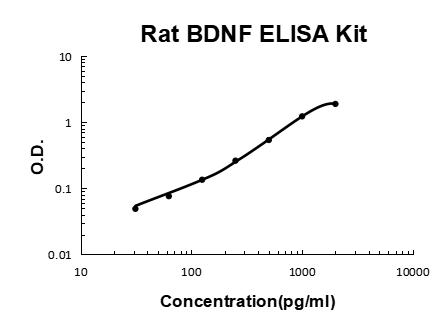From the late 1960s, ELISA tests play a role in diagnostic research over 50 years. The origin of ELISA was the idea of finding an alternative method to substitute radioimmunoassay (RIA) in immunoassay. Before the invention of ELISA, RIA is the only method to conduct immunoassay.
Actually, the invention of RIA was not much earlier than ELISA. The First paper that introduced this technique was published in 1960 by Rosalyn Sussman Yalow and Solomon Berson. Nowadays, there are many companies available that also provide the best mouse BDNF ELISA Kits online.
However, with the introduction of RIAs, there are concerns about potential safety and health issues. Scientists have suggested finding other labeling methods to replace radioactive labeling. Some of them came up with the idea to use enzyme labels in immunoassays.

Image Source: Google
However, many believe that it is impossible to attach an enzyme as a large molecule to an antibody or an antigen without affecting its bioactivity in the conjugation reaction.
Although they were met with skepticism and criticism, Perlmann and Schuurs independently devised a method to prove in 1966 that the use of enzyme-linked immunoassays was feasible. Then, in 1966-1970, other scientists continued to refine and perfect the method, including solving two critical problems for ELISA, namely "color change reactions" and "removal of non-specific conjugates".
1971 Peter Perlman and Eva Engval from Stockholm University in Sweden (enzyme-linked immunosorbent assay (ELISA) quantitative analysis of immunoglobulin G) and Anton Schuurs and Bauke van Wiemen in the Netherlands (antigen-enzyme immunoassay)
independently published articles systematically introduce the EIA/ELISA method. ELISA testing developed rapidly in the 1970s and early 1980s, making commercial products used in clinical applications like those we use today.